Nashville Hot Recipe: A Spicy Journey Through Global Spice Traditions
Table of Contents
Introduction to the Nashville Hot Recipe
If you're a fan of bold flavors, you've probably heard of the Nashville Hot Recipe. This fiery dish has taken the world by storm, but it's more than just heat—it's a celebration of spice, culture, and culinary creativity. Originating from the heart of Tennessee, this recipe is known for its unique blend of spices, often featuring cayenne pepper, paprika, and a dash of garlic powder.
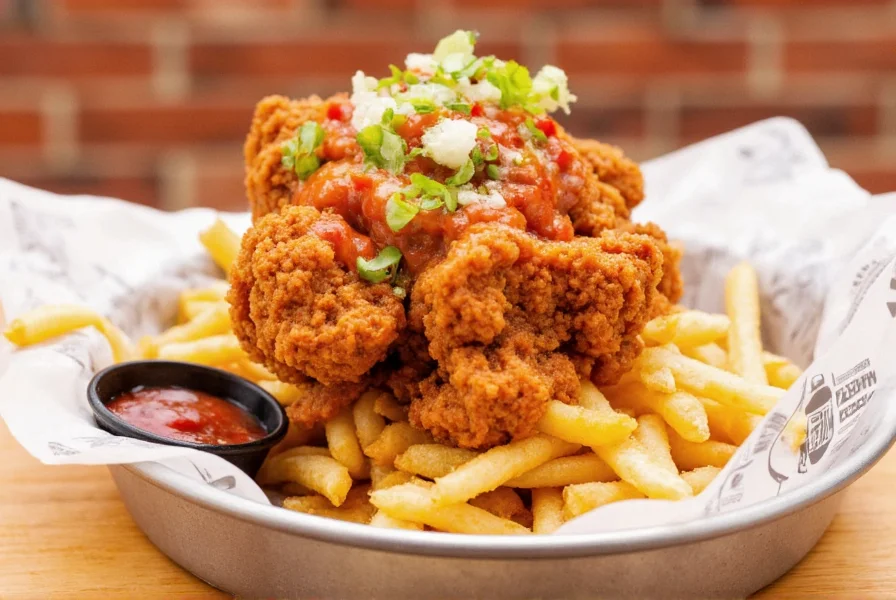
The Nashville Hot Recipe isn't just about making your taste buds scream—it's about balance. It's the perfect mix of spicy, tangy, and savory, making it a favorite among spice enthusiasts and professionals alike. Whether you're cooking for a crowd or just looking to elevate your home kitchen, understanding the roots and variations of this recipe can help you create something truly special.
Global Spice Traditions and Their Influence
Spices have been a part of human history for thousands of years, shaping cuisines across the globe. While the Nashville Hot Recipe might be rooted in American Southern cuisine, its ingredients and techniques are influenced by global spice traditions. Let's take a quick tour around the world to see how different cultures use their own unique blends of spices.
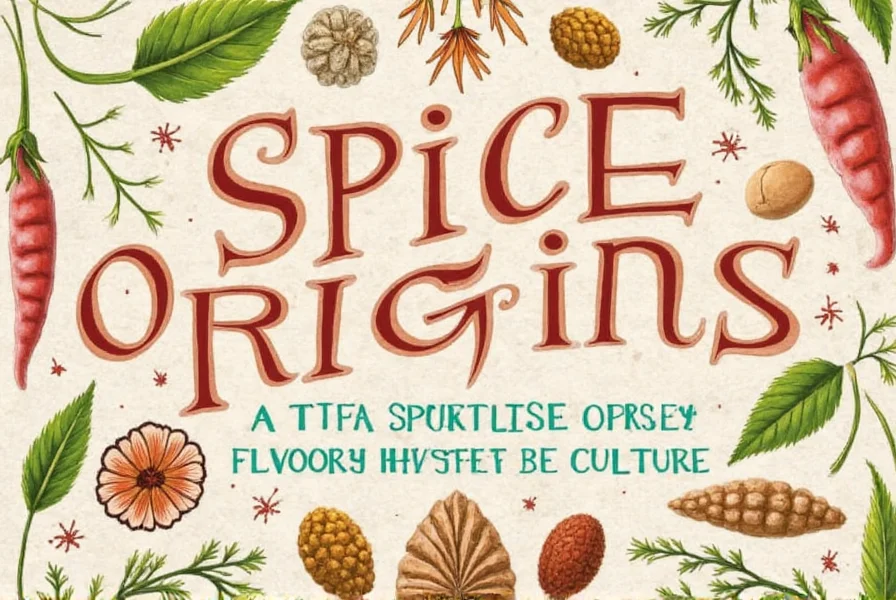
In India, for example, garam masala, turmeric, and chili powders are staples that add depth and heat to every dish. In Mexico, chipotle peppers and cumin give dishes their smoky kick, while in Thailand, lemongrass and bird’s eye chilies bring a bright, fiery flavor. Each region has its own way of balancing spice, and these traditions have inspired chefs and home cooks alike to experiment with new combinations.
Even within the U.S., regional variations of the Nashville Hot Recipe exist. Some versions include honey for a sweet contrast, while others use vinegar or citrus to cut through the heat. These subtle differences show how a single recipe can evolve based on local tastes and available ingredients.
Practical Tips for Cooking with Spices
Cooking with spices can be fun, but it also requires a bit of know-how. Here are some practical tips to help you master the art of seasoning:
- Start Small: When using strong spices like cayenne or chili flakes, it's always better to start with a small amount and build up gradually.
- Toast Before Using: Toasting whole spices like cumin or coriander before grinding them enhances their flavor significantly.
- Use Fresh Ingredients: Freshly ground spices tend to have more potency and aroma compared to pre-ground varieties.
- Balance Heat with Acid or Fat: If a dish becomes too spicy, adding a bit of vinegar, lemon juice, or dairy (like yogurt or sour cream) can help temper the heat.
- Experiment with Combinations: Don’t be afraid to mix and match spices. The Nashville Hot Recipe is a great example of how combining different elements can create a complex flavor profile.
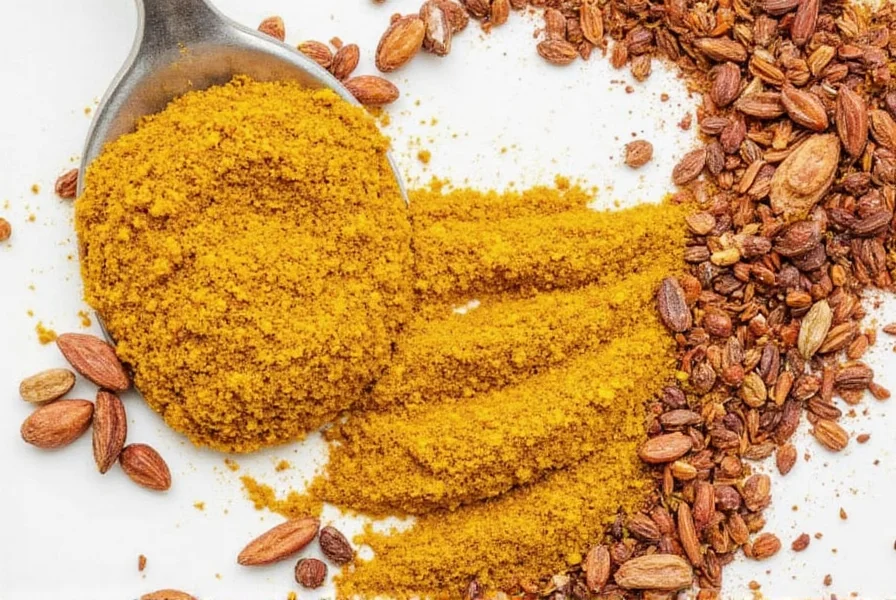
Remember, the key to great spice usage is balance. A well-seasoned dish should highlight the natural flavors of the ingredients rather than overpower them. With practice, you’ll learn how to use spices to enhance your cooking without making it too intense.
Spice Comparison Table: From Mild to Wild
To help you choose the right spice for your next dish, here's a comparison table of some popular spices used in global cuisines:
| Spice | Origin | Flavor Profile | Heat Level | Common Uses |
|---|---|---|---|---|
| Cayenne Pepper | Mexico | Sharp, peppery, slightly sweet | High | Hot sauces, rubs, stews |
| Paprika | Spain | Smoky, sweet, mild | Low to Medium | Spanish chorizo, Hungarian goulash |
| Chili Powder | Mexico | Earthy, smoky, slightly sweet | Medium | Stir-fries, tacos, chili |
| Garlic Powder | Worldwide | Pungent, savory, umami | None | Seasoning, soups, dressings |
| Black Pepper | India | Pungent, earthy, sharp | Low | Everywhere—meats, vegetables, sauces |
| Bird’s Eye Chili | Thailand | Very hot, fruity, pungent | Very High | Thai curries, sambals |
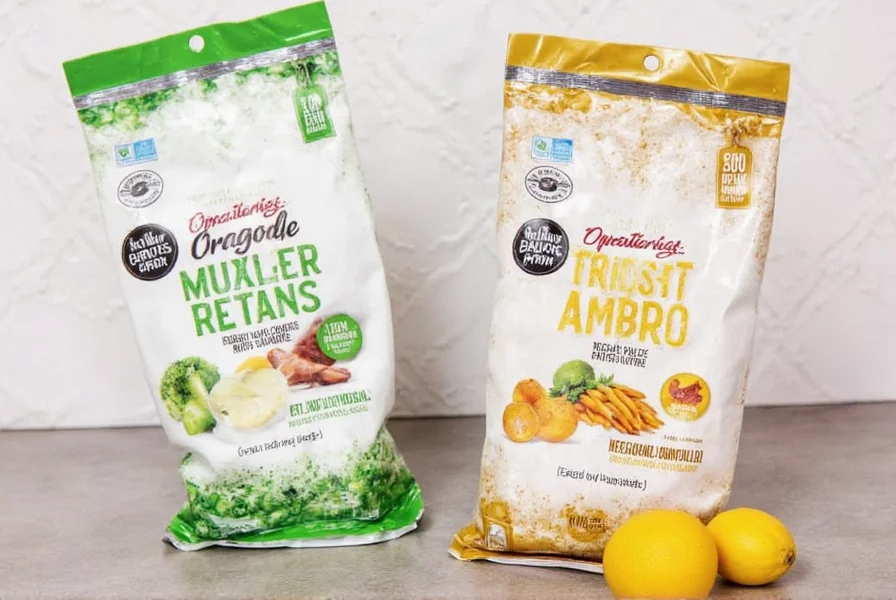
This table gives you an idea of how different spices can be used in various recipes, including the Nashville Hot Recipe. By understanding each spice’s characteristics, you can make informed choices when experimenting with your own dishes.
Buying Guide: Finding the Right Spices for Your Needs
Choosing the right spices is crucial to achieving the perfect flavor in your dishes. Here’s a guide to help you pick the best products for your spice collection:
Top 5 Spices for the Nashville Hot Recipe
- Cayenne Pepper – Essential for the heat in any Nashville Hot Recipe. Look for high-quality, finely ground cayenne for maximum flavor.
- Paprika – Adds color and a mild, smoky flavor. Use smoked paprika for extra depth.
- Garlic Powder – Provides a savory base that complements the spiciness.
- Onion Powder – Enhances the overall flavor and helps bind the spices together.
- Salt – A must-have for balancing all the other flavors in the recipe.
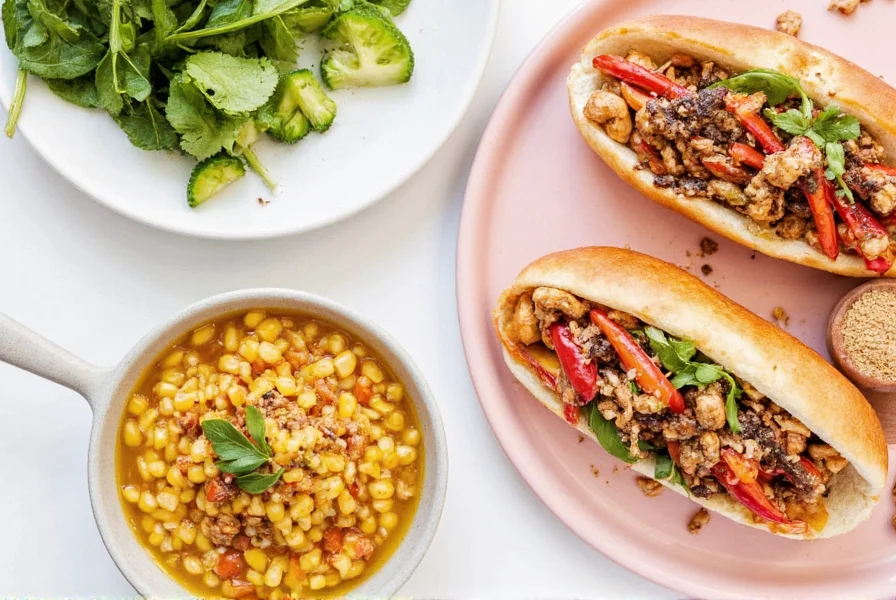
When buying spices, consider the following factors:
- Freshness: Look for sealed packages with clear expiration dates.
- Quality: Choose organic, non-GMO options if possible.
- Source: Local markets or specialty stores often offer higher quality spices.
- Storage: Keep spices in airtight containers away from heat and light to maintain their potency.
Whether you’re a seasoned chef or just starting out, investing in good spices will pay off in the long run. They not only enhance your cooking but also allow you to explore the rich world of global flavors.
Conclusion: Embrace the Heat, Savor the Flavor
The Nashville Hot Recipe is more than just a spicy dish—it's a gateway to exploring the diverse world of spices. From the fiery streets of Tennessee to the bustling markets of India and the vibrant kitchens of Mexico, spices have shaped the way we eat and experience food.
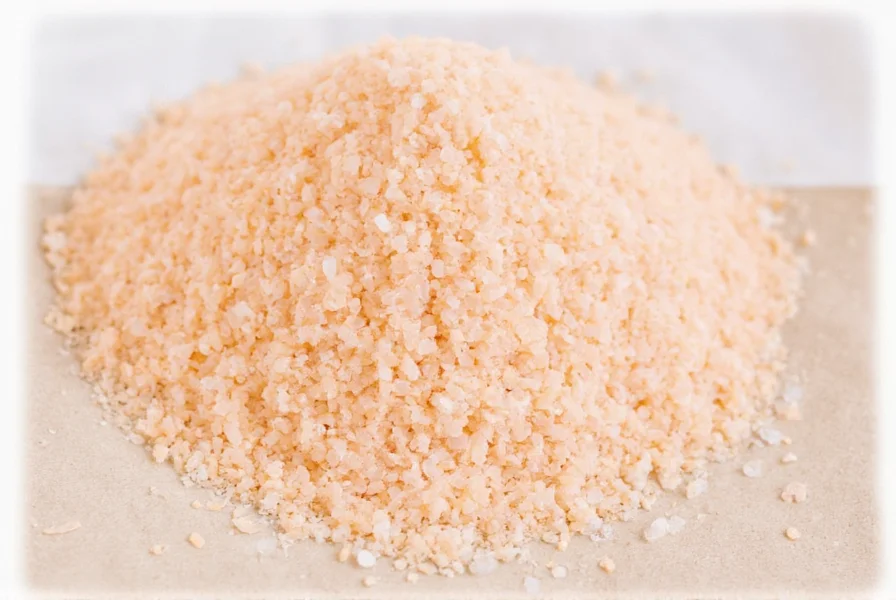
By understanding the origins, uses, and variations of spices, you can elevate your cooking and discover new ways to express your personal style in the kitchen. Whether you're looking to recreate the classic Nashville Hot Recipe or experiment with your own twist, the key is to have fun and let your taste buds guide you.
So go ahead—reach for the spices, embrace the heat, and savor the flavor. After all, life is too short for bland food.










 浙公网安备
33010002000092号
浙公网安备
33010002000092号 浙B2-20120091-4
浙B2-20120091-4